Research round-up: The Gateway to better science
The NC3Rs F1000 Gateway is an open access platform for NC3Rs grant holders to showcase their research and maximise the 3Rs impact of their work. Five years after its launch the Gateway now includes 37 papers sharing 3Rs methods and technologies, free to access for scientists around the world.
Contents
Introduction
We launched the NC3Rs F1000 Gateway in 2018 to help drive the uptake of approaches that replace, reduce or refine animal use. It can take a long time to build the evidence base needed for scientists and regulators to take up new 3Rs approaches. This is made more difficult when methods are not published in enough detail for others to repeat experiments, or when scientists do not share unusual, unexpected or inconclusive results (sometimes called ‘negative’ data). We work with our grant holders to ensure papers published on the Gateway have a clear 3Rs impact and are an accurate, comprehensive and transparent account of their research.
Over the past five years the Gateway has become an established route to raise awareness and increase confidence in new 3Rs approaches. The 37 Gateway articles have collectively been viewed over 85,000 times and cited in 179 other scientific publications. 2023 was the busiest year yet for the Gateway with 12 papers published.
Methods to model heart, bone, brain and cancer
Half of the papers published on the Gateway in 2023 were method articles. Having a dedicated article type for scientists to share new protocols or changes to existing methods or models, in detail, makes it easier for other groups to implement these advances in their work.
A limitation of some mouse studies in heart disease research is species differences in both organ and cellular physiology. For example, the cells which cause the heart to beat contract faster and with less pumping force in mice than in humans. In his PhD, co-funded by the NC3Rs and the British Heart Foundation, Max Cumberland worked with Dr Katja Gehmlich at the University of Birmingham to engineer heart tissue from human stem cells. Their Gateway article details how they successfully induced human stem cells to become cardiomyocytes (the cells which cause the heart to beat) and grew these in 3D alongside other heart cell types. They also show how they characterised and validated the model, increasing the confidence of others to take up their approach.
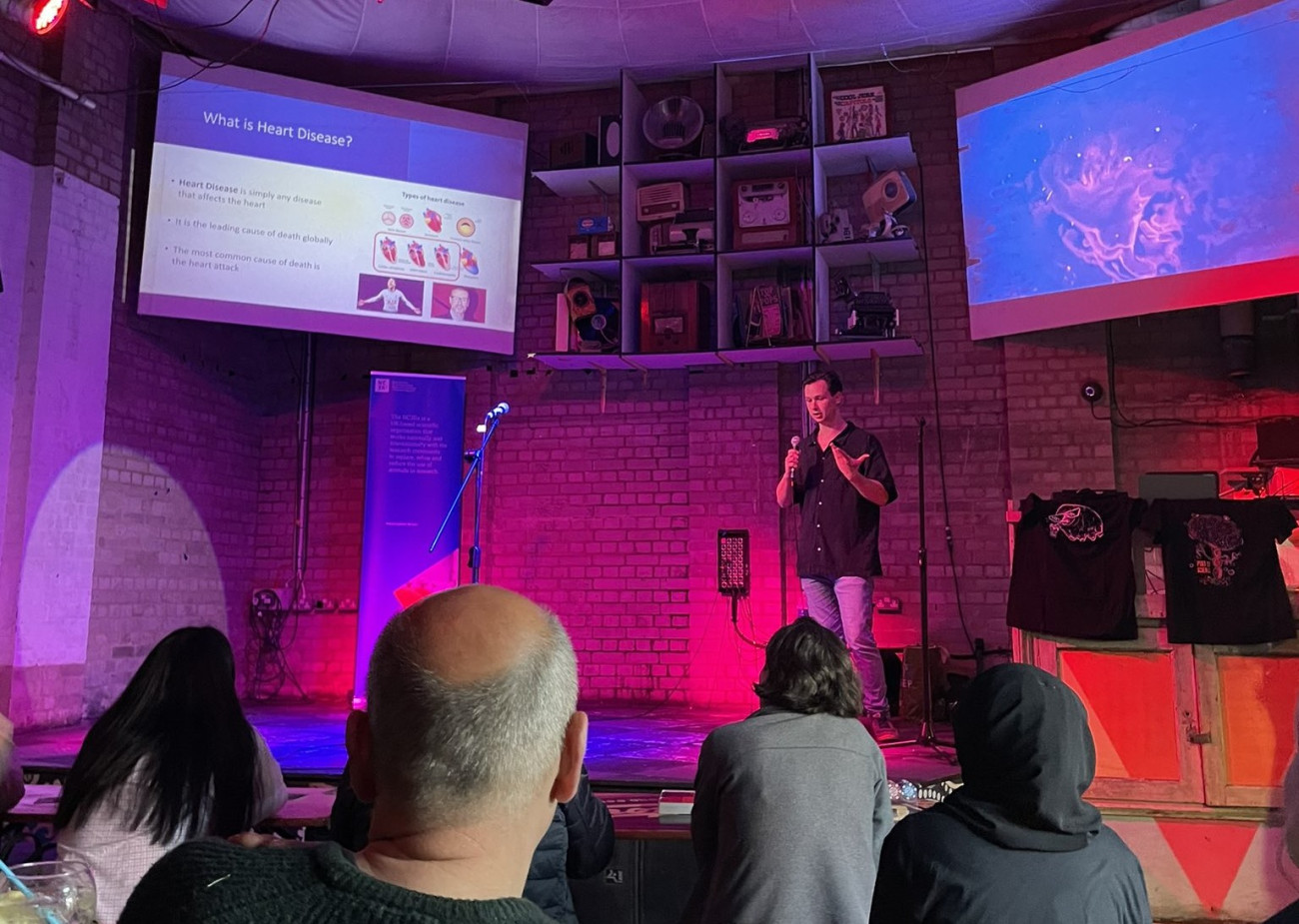
Advanced cell-based models that capture the 3D arrangement of cells are a step forward towards mimicking human organ physiology in vitro. The most viewed method article published on our Gateway last year details a way to grow human bone cells in 3D cultures in the lab for over a year. Dr Melissa Finlay developed the method in Dr Amy Naylor’s lab at the University of Birmingham during her NC3Rs-funded PhD to replace the use of rodents in bone remodelling research. Traditional approaches in bone research often involve surgery to damage bones and cause significant suffering for mice and rats involved. Both in vivo and existing simple in vitro models do not take into account differences in rodent and human bone physiology. Melissa’s 3D cell-based model of human bone is a versatile approach that is being used to replace animals in preclinical research into diseases such as osteoporosis, osteoarthritis, failure of fracture healing, scoliosis and secondary and metastatic bone cancer.
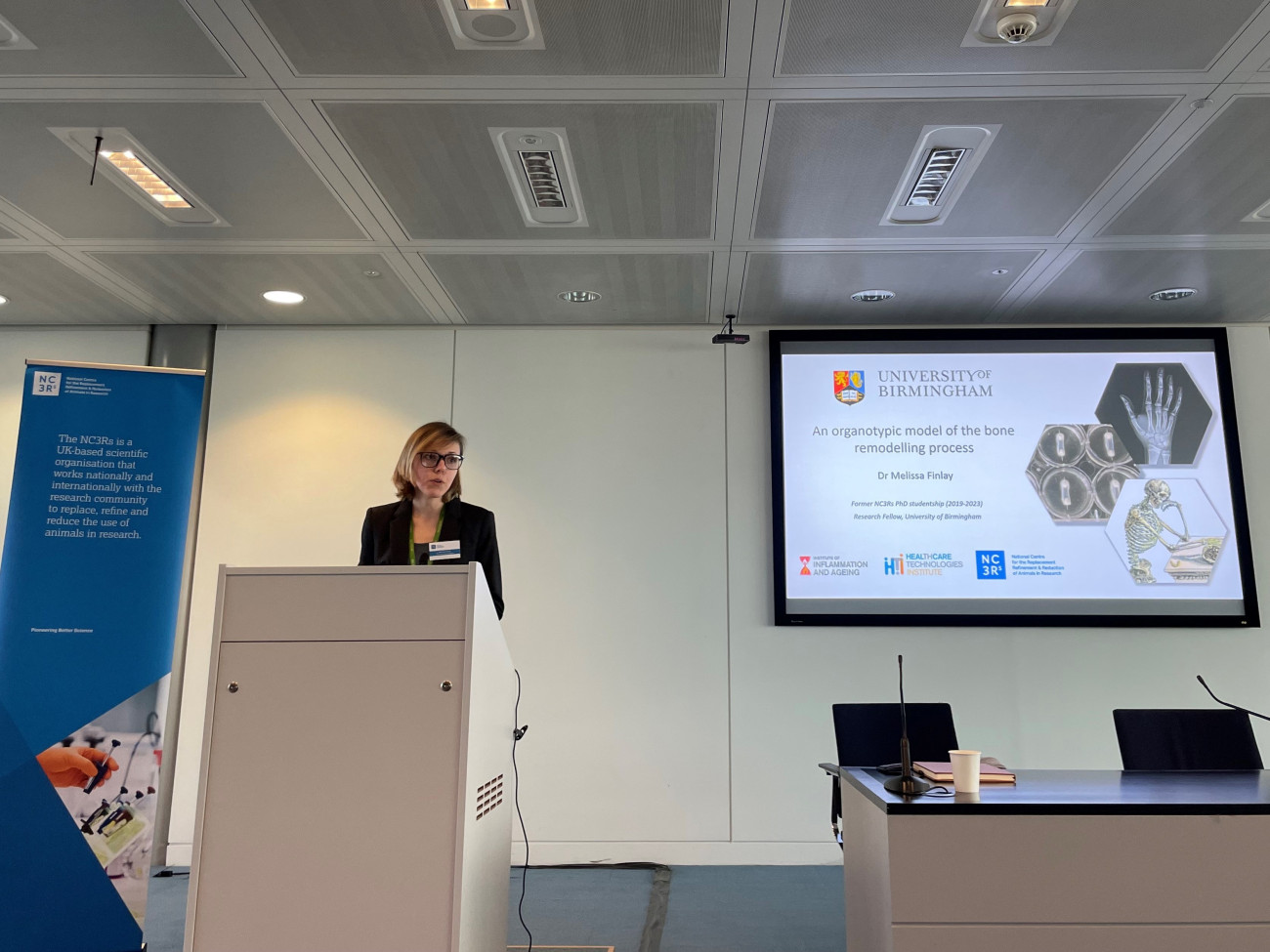
Cancer metastasis has proved difficult to model using simple 2D cell culture techniques. One issue is that these models lack the tumour microenvironment – the specific roles of and relationships between different cell types in a tumour which is known to alter tumour growth and treatment success. Research has largely relied on mice, either genetically altered to spontaneously develop tumours or used in xenograft experiments (where cancer cells are transplanted into the animal). Dr Adrian Biddle has built on the success of his NC3Rs Fellowship to develop a cell-based model of metastasis and has now published an advanced in vitro model that better reflects metastatic cancer biology, alongside NC3Rs-funded PhD student Dr Alice Scemama. Their microfluidic device, developed at Queen Mary University of London allows multiple cell types to be grown in adjacent compartments to better mimic the tumour microenvironment. In their Gateway article Alice and Adrian used the model to investigate how the circulatory system contributes to metastasis of a type of mouth cancer (oral squamous cell carcinoma), but their approach can be applied to replace animal use in many types of studies aiming to understand cancer metastasis.
NC3Rs-funded PhD students Hannah Gagg and Connor McGarrity-Cottrell are aiming to replace mouse xenograft experiments to study a type of brain cancer called glioblastoma. Their work with Dr Spencer Collis at the University of Sheffield involves growing cells from patient biopsies in the lab instead of transplanting them into mice. The Collis lab’s Gateway paper opens the door to personalised treatment plans for glioblastoma patients and aims to replace the use of large numbers of mice in glioblastoma drug screening with a more human-relevant approach.
The complexity of the cellular networks and functionality of the brain makes some aspects of brain physiology and disease difficult to capture in lab or cell-based methods. Ex vivo approaches, like the techniques used by the Collis lab, describe methods using cells or tissue collected from a human or animal. When an animal is killed for the sole purpose of providing cells and tissues for experiments it is referred to as a partial replacement because no experimental procedures are performed on the living animal itself. This type of partial replacement allows scientists to reduce the number of animals needed for some experiments that investigate complex physiological features. Professor Adalberto Merighi’s method article gives step-by-step directions to collect 10 to 12 slices from one mouse brain. He developed the method at the University of Turin, Italy and was awarded NC3Rs funding to further establish and validate ex vivo slice models in primary and preclinical research into spinal cord injury.
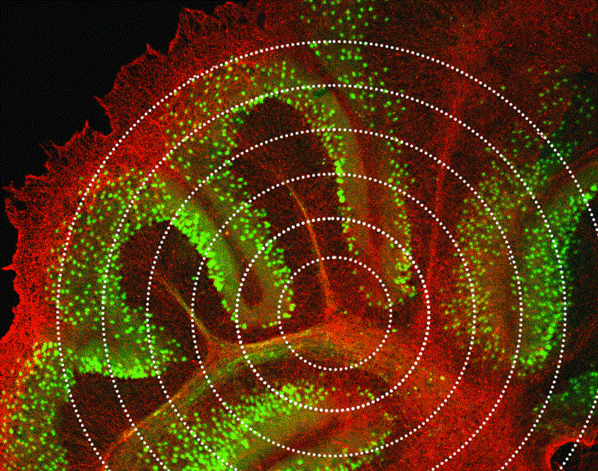
Dr Juan Quintana is aiming to replace some animal experiments used to study infection in the brain and central nervous system with his method for generating brain organoids – complex 3D cultures of neurons grown in the lab from human stem cells. We awarded Juan funding to support his research at the University of Glasgow and develop an in vitro approach to study sleeping sickness, a parasitic disease that causes inflammation of the brain and neurological symptoms. Juan’s organoids have the potential to replace large numbers of mice (typically 30 to 40 per experiment) being infected with parasites, procedures which can cause significant suffering. Juan has replaced 47% of animal use in his lab using the method and aims to further develop the model to increase its complexity and utility for other central nervous system infectious diseases.
Keeping it 'Brief'
Brief reports give NC3Rs researchers the chance to publish short, often early, studies or observations and highlight the implications and impacts of their 3Rs model. They allow scientists to publish smaller updates to existing methods and validation studies or share important advances quickly.
The first article published on the Gateway in 2023 was a brief report validating skin swabbing as a refined alternative to fin clipping for DNA analysis of laboratory fish. NC3Rs-funded scientists Dr Ceinwen Tilley, Dr Will Norton and Dr Lynne Sneddon concluded that skin swabbing does not alter fish behaviour or physiology, and that pain relief should be administered prior to fin clipping, building the evidence base to give researchers and animal technicians the confidence to switch to refined techniques.
Find out more about Will and Lynne’s work developing skin swabbing and other refined aquaculture techniques in the Research round-up: Refining fish in research.
The last article of 2023 on the NC3Rs Gateway came from Dr Deepali Pal and PhD Student Sean Hockney, sharing an in vitro approach with potential to replace some animal use in pharmaceutical companies developing new leukaemia treatments. Leukaemia research currently largely depends on patient-derived xenograft models using mice as scientists have been unable to grow clinical leukaemia samples in vitro. Sean and Deepali’s new technique builds on Deepali’s previous work during her NC3Rs Fellowship at Newcastle University and takes a step forward from current in vitro approaches which are not suitable to model treatment resistance. The method involves growing leukaemia cells from patients in 3D ‘spheroids’ of bone marrow cells, replacing 45 to 50 mice per drug response assay and delivering clinically relevant data 12 months faster than animal-based approaches.
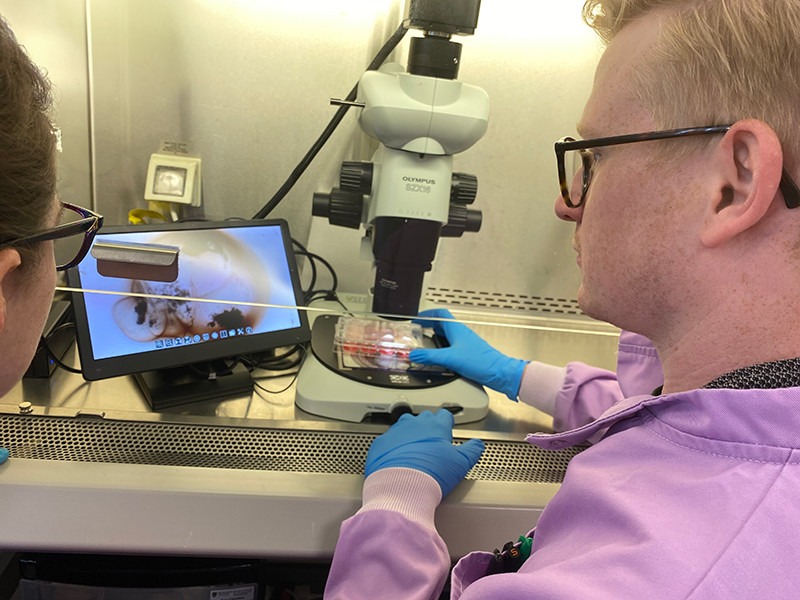
Hear Deepali talk about her work embedding the 3Rs in paediatric oncology in this episode of the European Medical Journal podcast: Battling childhood cancer.
Robust refinement research
Our grant holders can publish new findings and insights in research articles. This includes studies that apply or validate 3Rs methods or new results/conclusions from re-analysis of previous studies. Scientists are encouraged to share their negative data alongside positive results to help prevent other scientists from repeating unsuccessful experiments.
Dr Alasdair Nisbet and Dr Francesca Nunn’s NC3Rs-funded research at Moredun Research Institute has advanced all three “Rs” in efforts to control poultry red mite, a common parasitic infection of hens. New mite control methods are tested in field trials which typically involve continuous exposure of hens to more than 10,000 parasites for 100 days and use 400 birds per treatment group. Alasdair’s NC3Rs Project grant developed an ‘on-hen mite feeding device’ which can be attached to a bird’s thigh. This refined approach exposes hens to 100 mites each for three hours, significantly minimising birds’ distress and reducing the number of hens needed to four per treatment group.
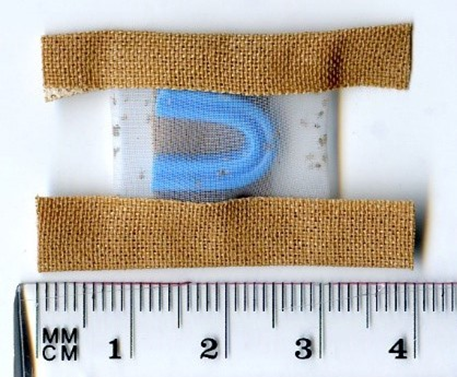
Just a year after the Project grant ended, pre-screening tests using the device had already avoided seven unsuccessful vaccine candidates and delivery methods being tested in field trials, preventing the use of almost 5,500 birds. Alasdair and Francesca’s research article further refines the approach by validating the use of a numbing cream to minimise pain and distress during feather plucking, required to clear an area of skin to attach the device. This type of research to fully understand the impact of refinements on welfare and scientific validity builds the evidence base for change.
- Hear from Alasdair about the 3Rs impacts of his work in the blog post: What’s in a legacy? Small acts to make a big impact.
- Read about Francesca’s International 3Rs Prize winning research paper presenting the device.
- Learn about Alasdair’s latest Project grant to replace the use of ‘donor hens’ infested with red mites as a source of parasites for laboratory or field studies.
- Find out about the Skills and Knowledge Transfer grant to share the technique with six different research institutions from across the UK and Europe.
Accurate assessment of laboratory animal welfare is critical to validate refinement techniques. Scientists and animal technicians look for changes in animals’ physiology and behaviour to identify signs of pain, suffering or distress, allowing them to intervene as early as possible. These are called welfare indicators and cover both physical health and psychological wellbeing. Dr Mark Prescott, Dr Matt Leach and Dr Melissa Truelove’s research article identifies reliable and valid welfare indicators for macaques and marmosets – the most commonly used non-human primates in scientific research and testing. Based on survey results from over 70 scientists and technicians working with non-human primates, they make recommendations for effective and evidence-based welfare assessment for laboratory macaques. Building consensus across facilities and staff will ensure robust and accurate welfare assessment and support the high standards of animal welfare, leading to meaningful in vivo studies and enabling greater collaboration to make further refinements.
Standardising approaches helps to make best practice common practice across different institutions and research groups. Dr Karl Butterworth and Dr Kathryn Brown at Queen’s University Belfast have validated the use of a cancer cell marker to standardise tumour targeting and embed the 3Rs in preclinical radiotherapy research. Karl and Kathryn’s Gateway research article describes how they used high precision cancer radiotherapy techniques that are normally used to treat human patients in preclinical trials using mice. Accurate targeting of tumours minimises tissue damage and improves the welfare of experimental animals as well as increasing the reproducibility of research, meaning fewer animals are needed.
Reviewing replacements
Review articles summarise lots of research from different scientists to identify consensus and differences in methods, results and conclusions. They provide a balanced and comprehensive overview of the latest discoveries in a particular field.
In a review article published on the Gateway last year, five researchers working across three different NC3Rs projects came together with four collaborators to review the use of zebrafish embryos to test nanomaterials. At this life stage (within five days of fertilisation) zebrafish larvae are not considered capable of experiencing pain or suffering and can be used as a partial replacement.
Nanomaterials include metal ions and pigments and are present in a range of consumer products from cosmetics and pharmaceuticals to food and agriculture. Safety testing for nanomaterials (called nanotoxicology) typically includes testing whether the substance triggers inflammation in rodents. Based on the evidence of 258 different references, NC3Rs-funded researchers Dr Helinor Johnston, Dr Theodore Henry, Dr Vicki Stone, Professor Charles Tyler and Professor Adriano Rossi highlighted opportunities to expand the use of zebrafish embryos to replace rodents in nanotoxicology and identified gaps in knowledge to prioritise future research activities. By summarising the findings and experimental design of existing studies, the authors make recommendations for best practice and provide guidance for scientists to start using the replacement approach.
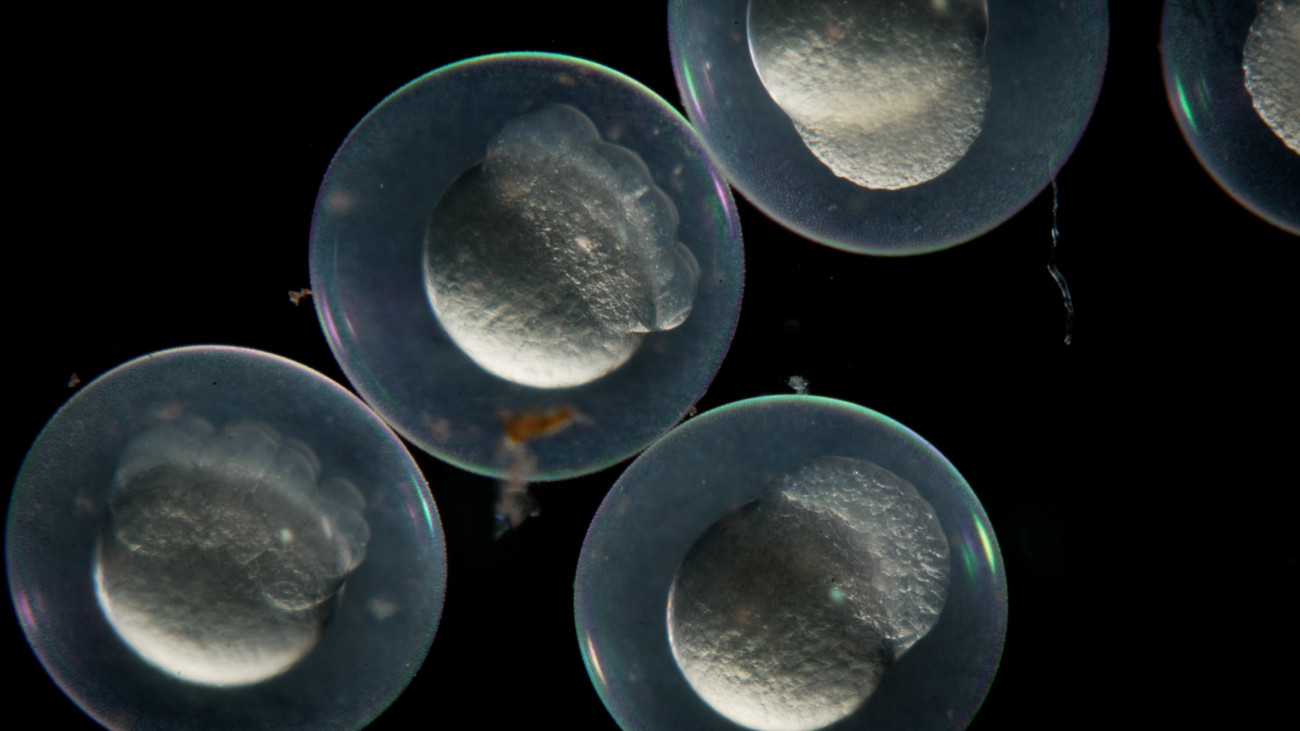
With a pipeline of papers in preparation we look forward to sharing the latest updates and 3Rs innovations from NC3Rs-funded scientists across 2024. You can track the NC3Rs F1000 Gateway to stay up to date with the latest articles and advances to replace, reduce and refine animal use in research and testing.
Find out about the £3M the Nc3Rs has invested to replace, reduce and refine the use of animals in research to better understand and treat Alzheimer's disease.
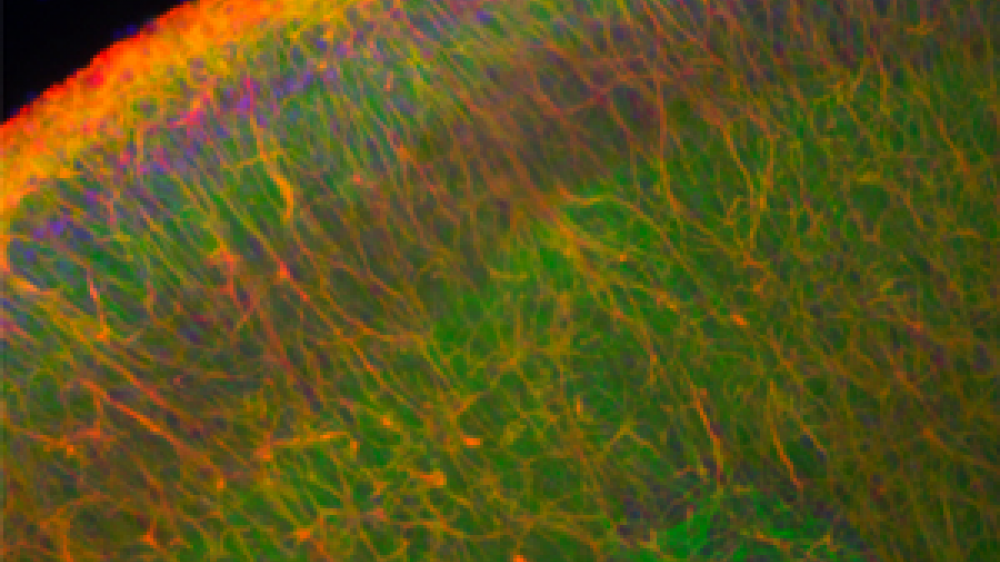
Find out about the work we have funded to build the evidence base for refining the use of fish in research.
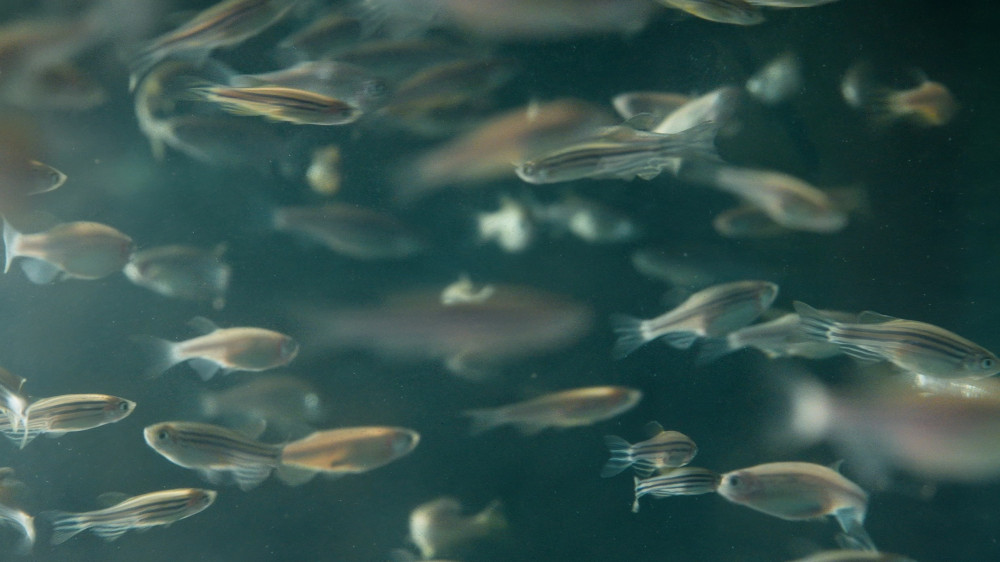
Discover NC3Rs-funded science to replace animals in research to understand and treat stroke.

